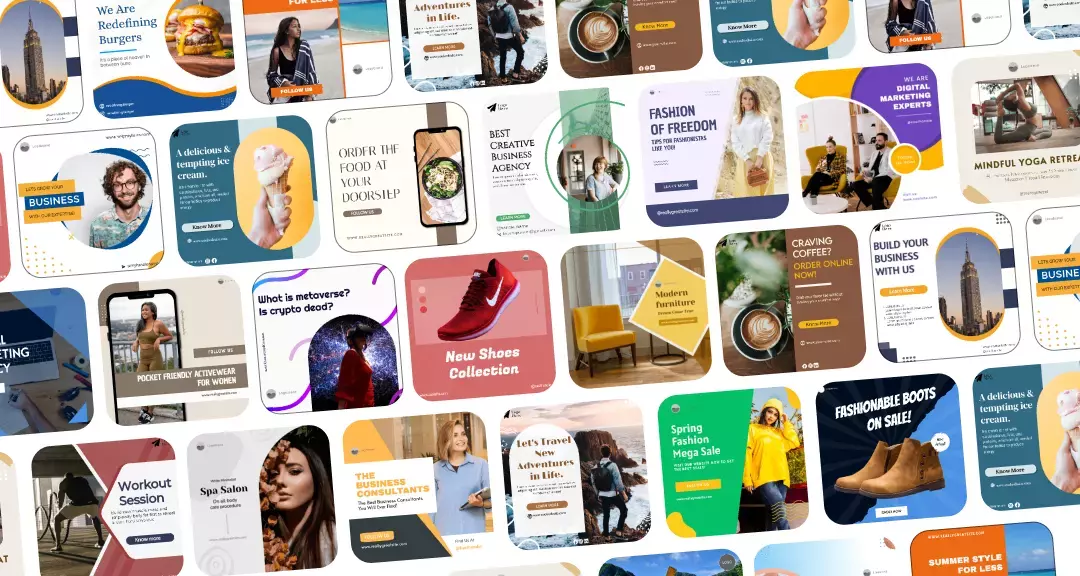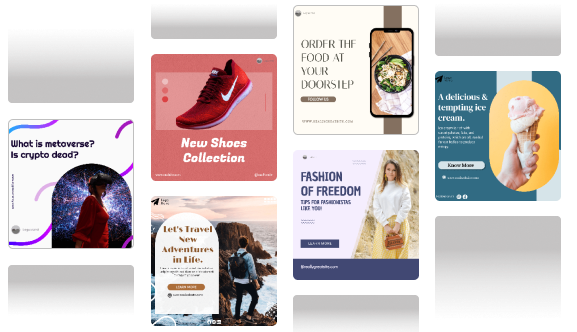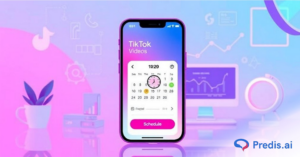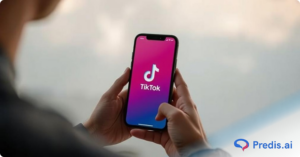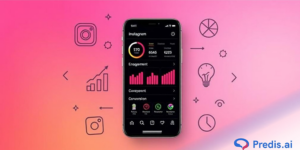Social media is no longer the place where brands “post and hope.” It has become a high-speed, multi-platform, ROI-driven channel where every post is expected to serve a purpose – generate leads, build authority, drive clicks, or spark conversations. For agencies, that shift has created both opportunity and pressure.
Instead of managing one brand and one feed, agencies now handle 10+ clients, dozens of content formats, multiple approval layers, and nonstop performance reporting – all while keeping costs tight and creative output high. Clients expect faster delivery, more content, and measurable results… but rarely offer more time or budget.
What “Agency-Ready” Actually Means – 5 Requirements That Matter
A lot of tools claim to be “AI-powered” or “built for social media teams,” but most of them fall apart the moment you try to manage multiple clients, multiple approvers, and real deadlines. Before choosing any platform, these are the non-negotiable requirements every agency tool should meet:
1. Multi-brand workspaces with role-based access
A real agency tool separates brands, permissions, and publishing rights. This prevents someone from accidentally posting Client A’s content on Client B’s Instagram, and lets you invite clients in without exposing other accounts.
2. Generative content across multiple formats
If a tool only schedules posts, it isn’t built for 2025. Agencies need AI that can generate captions, carousels, scripts, short-form videos, and on-brand visuals, not just text prompts.
3. Built-in approvals and version tracking
Email threads and Google Docs get messy fast. Agency-ready software has internal review cycles, comments, revisions, and final-approval states so nothing goes live without sign-off.
4. White-label or exportable reporting
Clients don’t care which tool you used. They care about results, clarity, and presentation. A platform should let you export reports or brand them with your agency identity.
5. API + integrations that support your stack
No tool exists in isolation. The right one connects to analytics, ad platforms, data dashboards, CRMs, and cloud folders so your workflow doesn’t rely on copy-paste.
Here are the top tools to add to your agency toolkit this year, with details on features, what they’re best at, and how to decide if they’re right for your team.
1. Predis.ai – AI-powered content creation & automation
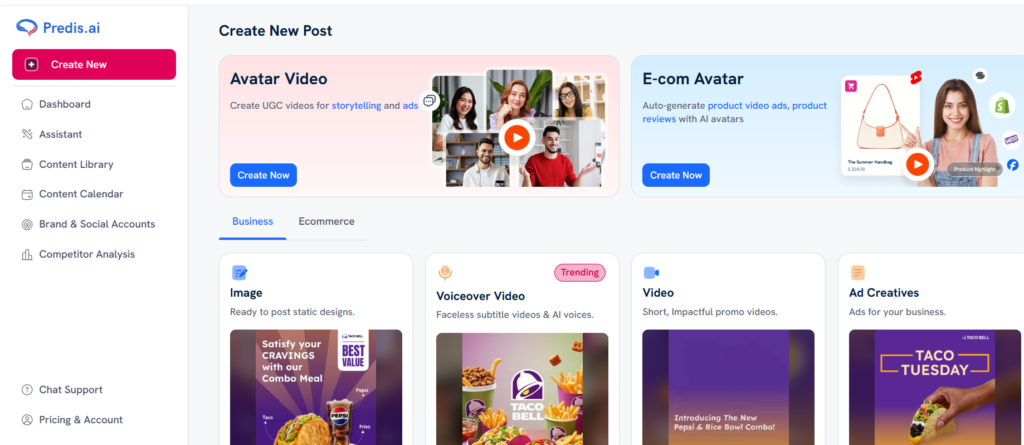
Why it stands out for agencies
Most social media tools help agencies publish content, but very few help them create it, personalize it, automate it, and measure it – all in the same platform. Predis.ai was built for agencies that don’t just need a scheduler, but an AI-powered content engine that can generate posts, maintain brand consistency, automate publishing, and report performance across multiple clients.
Instead of switching between Canva for design, ChatGPT for captions, Excel for planning, and Hootsuite for posting, Predis.ai replaces the entire content pipeline with one workflow: generate → approve → schedule → analyze. Agencies managing 5, 10, or even 50 brands can centralize every client in one dashboard, with brand kits, content rules, and posting schedules already structured per account.
Key features
- Multi-format AI content creation (static posts, carousels, Reels, YouTube Shorts, captions, hashtags)
- Brand-level presets for colors, fonts, tone, and visual identity
- Auto-posting to major platforms (Instagram, Facebook, LinkedIn, TikTok, YouTube Shorts, Pinterest, X)
- Team + client approval workflows to eliminate revision chaos
- Competitor content insights and performance benchmarking
- AI repurposing: turn 1 content idea into 5 different platform-optimized posts
- Content calendar view across all clients in one dashboard
- Bulk generation for campaigns, product drops, and seasonal content
Pricing
- Free 7-day trial
- Core Plan: $19/month in early tiers for one brand.
- Rise: $40/ month for 4 brands, 2 autopost/day.
- Enterprise+ plan: $212/month (or more) for unlimited brands, 600 competitor analysis runs/month, 3 auto-posts/day, publish to 60 channels.
Takeaway
If your agency runs social media for multiple clients, needs to generate content fast, and show measurable results,It is the only tool in this list that doesn’t just “manage” social content – it creates it, brands it, approves it, schedules it, and optimizes it inside one workflow. Every other tool in the list solves one piece of the content puzzle. Then definitely a strong choice!
2. AdCreative.ai
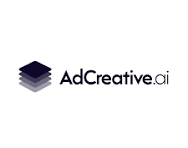
AdCreative.ai is a machine-learning based platform built to generate ad creatives for performance marketing campaigns. It focuses primarily on banner-style image ads, short video variations, and text suggestions for platforms like Meta, Google Display, and LinkedIn. The tool allows users to upload brand assets, define target audience goals, and receive multiple creative variations optimized for CTR. It also includes short-form copy options such as headlines and taglines, but long-form ad copy typically needs to be written manually or using another tool.
While the platform offers integrations for direct ad account publishing, most users still download creatives and upload them manually into ad managers. The main strength of AdCreative.ai is volume output – not full-funnel campaign strategy, reporting, or social media publishing. Agencies that already have a separate workflow for analytics, posting, and approvals may use it strictly as a design-speed tool.
Highlights
- Generates static and video ad creatives using AI
- Brand kit + logo + color support
- Google + Meta ad account connection
- Creative scoring for predicted performance
Takeaway
Useful for agencies that only need faster banner production, not full content or multi-channel campaign management.
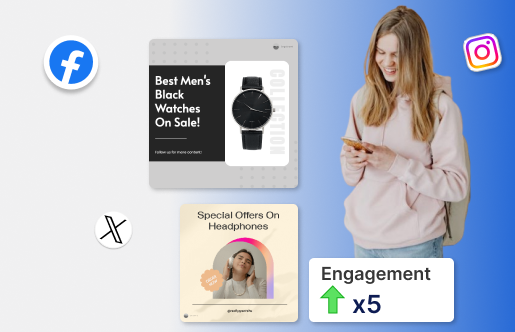
3. Planable
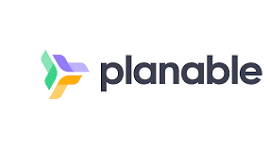
Planable is a collaboration and approval platform for agencies that manage social media content on behalf of clients. It is not a content creation tool, but focuses on planning, feedback, scheduling, and multi-step approvals. The interface allows users to preview posts exactly as they will appear on each platform, which reduces revision loops with clients.
It supports multiple workspaces for different brands, internal vs external comments, and status tracking (draft, pending approval, approved, scheduled). The platform includes basic analytics but is not built for deep performance reporting, competitor analysis, or AI-driven content suggestions. Agencies that already use AI tools for content creation often pair Planable as the control center for scheduling and approvals.
Highlights
- Real-time post preview per platform
- Team + client commenting and approvals
- Organized content calendar per brand
- Multi-workspace support for agencies
Takeaway
Strong for workflow transparency, but you still need a separate tool for content creation and analytics.
4. Sprout Social
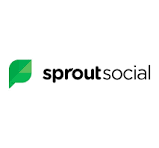
Sprout Social is an enterprise-grade social media management tool focused on reporting, listening, and multi-profile publishing. It is widely used by larger agencies and in-house corporate teams because of its detailed dashboards and reporting exports. The platform includes post scheduling, inbox management, campaign tagging, and sentiment analysis, but it requires time to onboard due to the number of features available.
AI content generation exists, but is not the core value of the product — most agencies use it mainly for analytics, conversation tracking, and stakeholder reporting. Pricing scales based on users and profiles, which can increase costs for agencies managing many small clients.
Highlights
- Deep analytics and listening features
- CRM-style inbox for messages and comments
- Custom exportable reports for stakeholders
- Multi-brand profile management
Takeaway
Best suited for agencies selling high-end reporting and social listening, not for bulk content creation.
5. SocialPilot

SocialPilot is a scheduling and publishing tool for agencies managing many small or mid-size client accounts. Its strength is cost efficiency and bulk posting rather than advanced automation or AI creation. The software includes a drag-and-drop calendar, CSV bulk scheduler, and lightweight analytics that cover engagement, reach, and content type breakdowns. It supports multiple roles and client access, but lacks features like competitive benchmarking, deep insights, or creative generation. Many agencies use it as a posting layer once content is already produced elsewhere.
Highlights
- Bulk scheduling for multiple brands
- Team + client roles with access levels
- Basic analytics and performance overview
- Affordable multi-account support
Takeaway
Good if you only need posting + scheduling, but not built for strategy, insights, or fast creative production.
6. Hootsuite

Hootsuite is one of the oldest social media management tools, offering cross-platform scheduling, inbox handling, and reporting. The platform includes an app directory with many integrations, making it useful for teams that need modular workflows. However, its interface and feature layout can feel complex for smaller agencies, and AI content generation is limited compared to newer platforms. Hootsuite is most often used by teams that need one place to post, track mentions, and export reports, not by agencies trying to automate content creation or creative outputs.
Highlights
- Multi-platform calendar & scheduling
- App integrations (CRM, DAM, ad tools)
- Unified inbox for comments and messages
- Basic analytics & report exports
Takeaway
A long-standing tool for scheduling and monitoring, but not optimized for AI-driven creation or rapid production.
7. Agorapulse
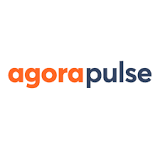
Agorapulse is a management tool built around engagement, inbox handling, and collaborative workflows. It centralizes comments, messages, and mentions from multiple social platforms into one inbox view, which helps agencies that manage community responses for clients. The platform includes post scheduling, basic reporting, and listening features, but content creation is manual — no AI creative or caption generation is included. Pricing scales based on users and profiles, making it more attractive for mid-size agencies than freelancers.
Highlights
- Unified inbox for all social engagement
- Team response & assignment workflows
- Listening and keyword monitoring
- Reporting dashboards and exports
Takeaway
Works best when community management is a core service, not just publishing.
8. Statusbrew
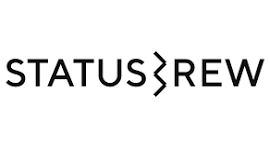
Statusbrew is a social media management platform designed with advanced role-based permissions and brand grouping, which makes it suitable for agencies with layered teams and many clients. It includes approval workflows, analytics, engagement management, and multi-brand dashboards. However, like many scheduling tools, it does not include AI creative generation, competitor tracking, or automated content insights. Its main value is structured account management and compliance.
Highlights
- Role-based user access
- Multi-brand dashboards
- Approval workflows and audit logs
- Posting + inbox management
Takeaway
A fit for agencies with complex team structures, not for those prioritizing fast content creation.
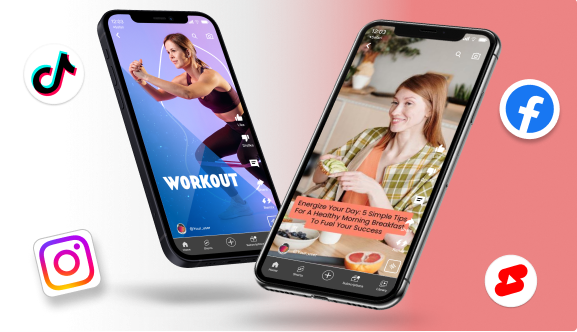
9. Zoho Social
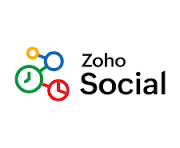
Zoho Social is part of the larger Zoho ecosystem, which includes CRM, email, forms, and automation tools. It allows scheduling, monitoring, and reporting across major social platforms, and is commonly used by agencies that handle both marketing and lead generation for clients. AI-powered features are limited, and the tool is more focused on connecting social activity to CRM pipelines rather than helping create or optimize content.
Highlights
- Built-in CRM integration
- Content calendar and scheduling
- Basic analytics and listening
- Client portal support
Takeaway
Useful when social media is tied to lead management — not ideal for agencies focused on creative-first execution.
10. Buffer
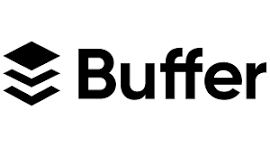
Buffer is a lightweight social media posting tool known for simplicity and low onboarding effort. It includes basic AI functions for caption suggestions, recommended posting times, and entry-level analytics. The platform is popular among freelancers and small agencies handling a few client accounts, but it lacks deeper reporting, competitive intelligence, and bulk creative generation. Buffer’s strength is ease of use rather than scalability.
Highlights
- Simple calendar + publishing
- AI caption assistant
- Basic analytics & post insights
- Team collaboration features
Takeaway
Best for smaller setups or early-stage agencies – limited for high-volume content or multi-client automation.
Common Challenges Agencies Face – And How AI Solves Them
| Challenge | How AI Tools Help |
| Tight client deadlines, high content volume | AI generates content fast, reducing turnaround time |
| Juggling many platforms and clients | Centralized dashboards and automated posting keep workflows clean |
| Many revisions & client feedback loops | Approval workflows, templates, and brand assets reduce back-and-forth |
| Difficulty proving value/ROI | Smart analytics + competitor insights show performance, not just activity |
| Creative team overload | AI handles repetitive creation so your team can focus on strategy and differentiation |
Conclusion
If your agency is still using spreadsheets, manual content creation, and disjointed tool chains, you’ll struggle to scale and keep margins healthy in 2025. The winners will be agencies that leverage AI to automate the grunt work – while human teams focus on strategy, differentiation, and client growth.
And if you’re looking for a single platform built with agencies in mind – one that can create content, schedule, analyze, and give you multi-brand support – check out Predis.ai. Try it on a 7-day free trial, test it with one client, measure the time savings – then scale across your entire client roster.
